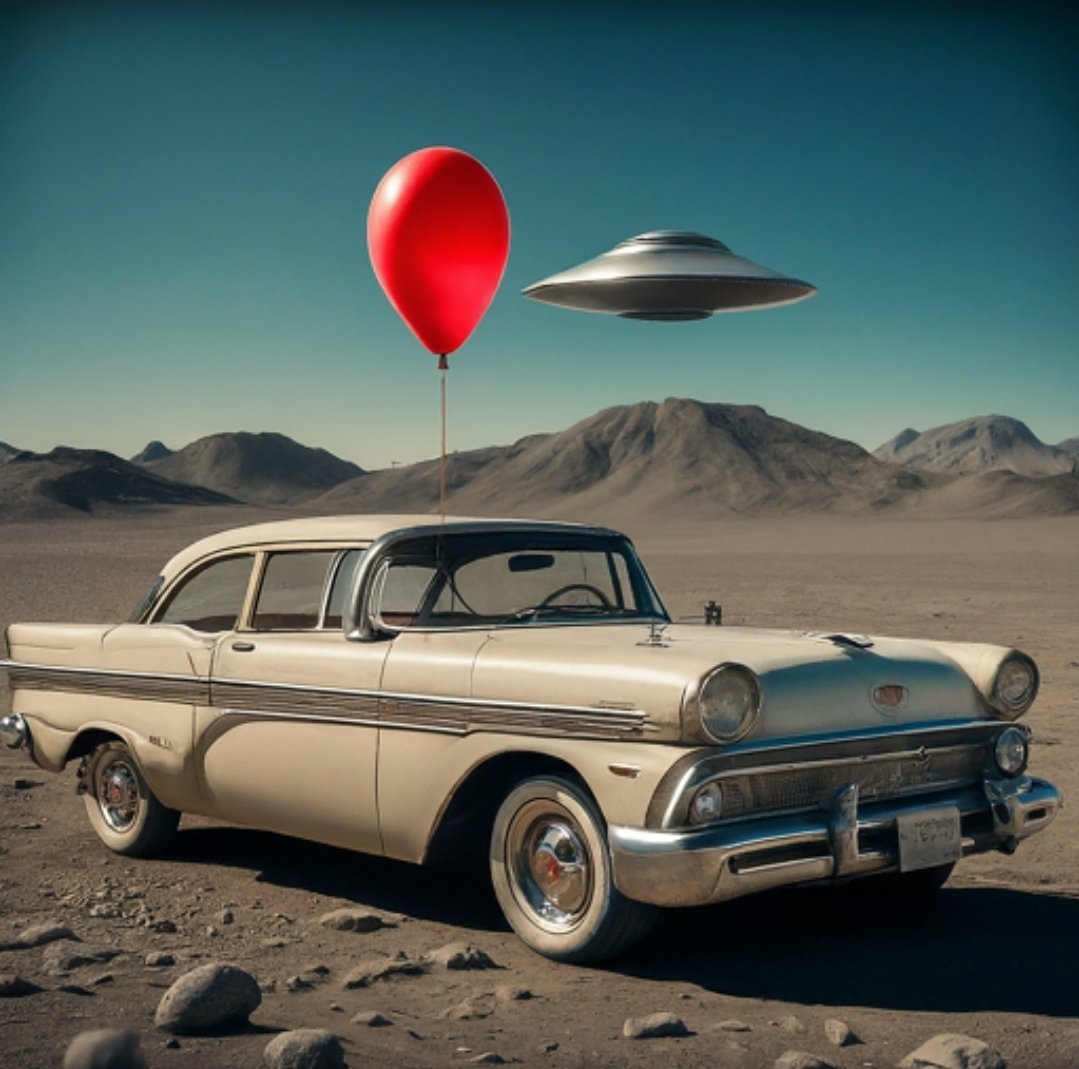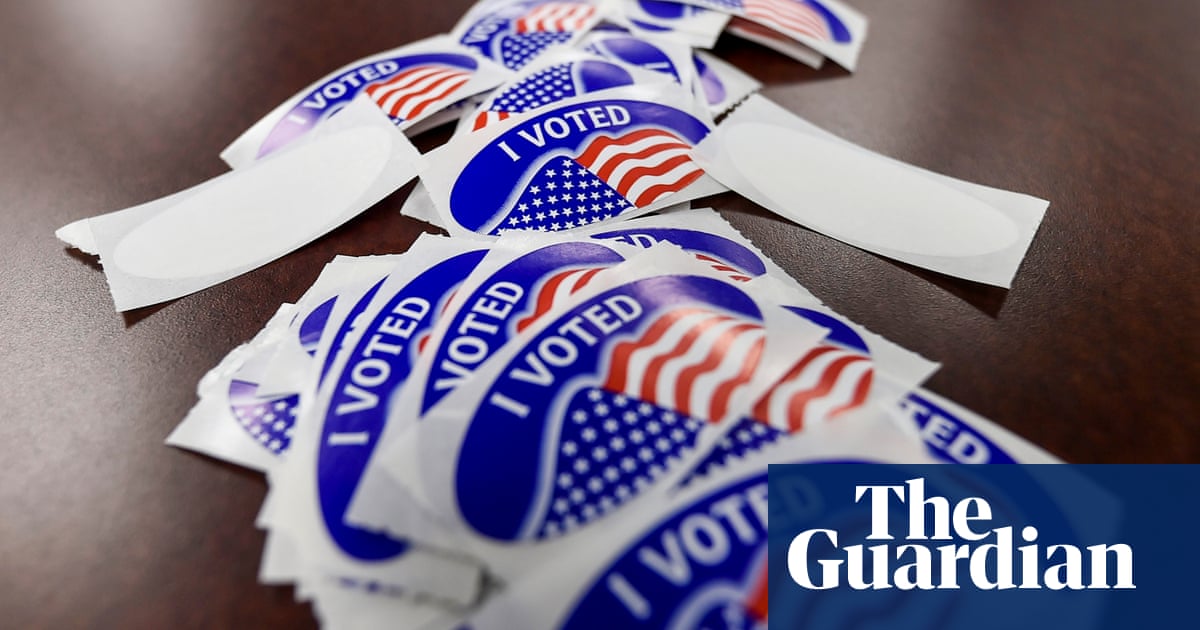Google, Meta, Microsoft, OpenAI and TikTok outline methods they will use to try to detect and label deceptive AI content
Aka, if we pretend to vaguely do something with no consequences for not following through, we can argue that we’re responsive and self-regulating, and hopefully avoid real regulation with teeth.
Can’t have “AI” influencing people, you need to purchase their ads if you want that.
Err… ChatGPT detectors are like 50% accurate… These “reasonable precautions” translate to “we’ll try, but there’s nothing we can really do.”
Unless there is a hard law with harsh and damning penalties, they will do exactly fuck.
I guess having ideas about what could be done to address this problem is better than nothing. None of these organizations have demonstrated the capability to actually prevent abuse of AI and proliferation of disinformation.
Maybe they can ask the AI how to prevent abuse.
@henfredemars I’m not sure they have much willingness either, Meta in particular, but I guess this is better than nothing.
In some senses it’s worse: they’re making a half assed effort to sElF rEgUlAtE so governments don’t pass laws to limit what they can do.
This is the menthol cigarette of AI regulation.
IMO branding all this stuff as AI is an issue, this stuff is just chatbots and image generators still at this point. None of it is actually “intelligence” in a sense. It’s like saying autocorrect on your phone is AI.
All this random generated “gibberish” should be watermarked digitally where it’s embedded in the image. This way platforms can detect and alert the image is not verified/real. Like this photo I just took.

Watermarking is a flawed argument and would only serve the incumbent corporations who have products, fucking over any open source projects or researchers.
I am 100% sure that their measures will not only be at best marginally effective, but also that they’ll drop the measures at some point because “they’re unprofitable”.



